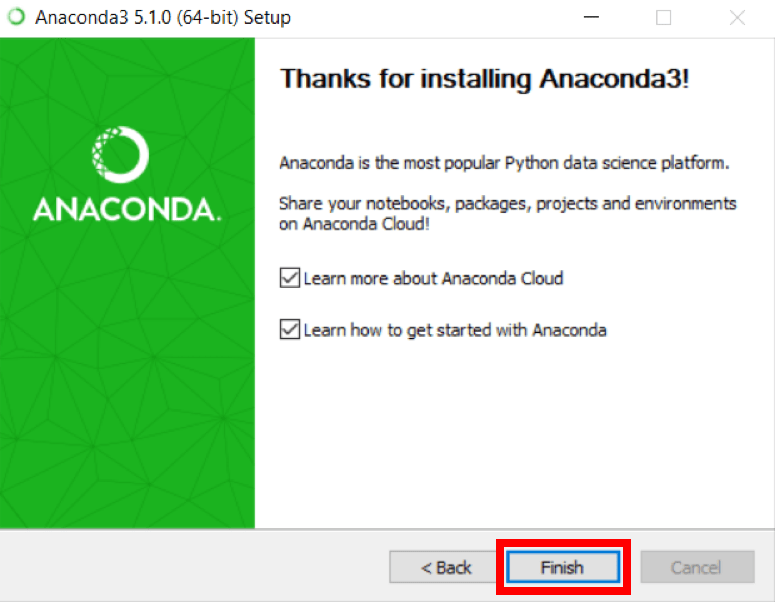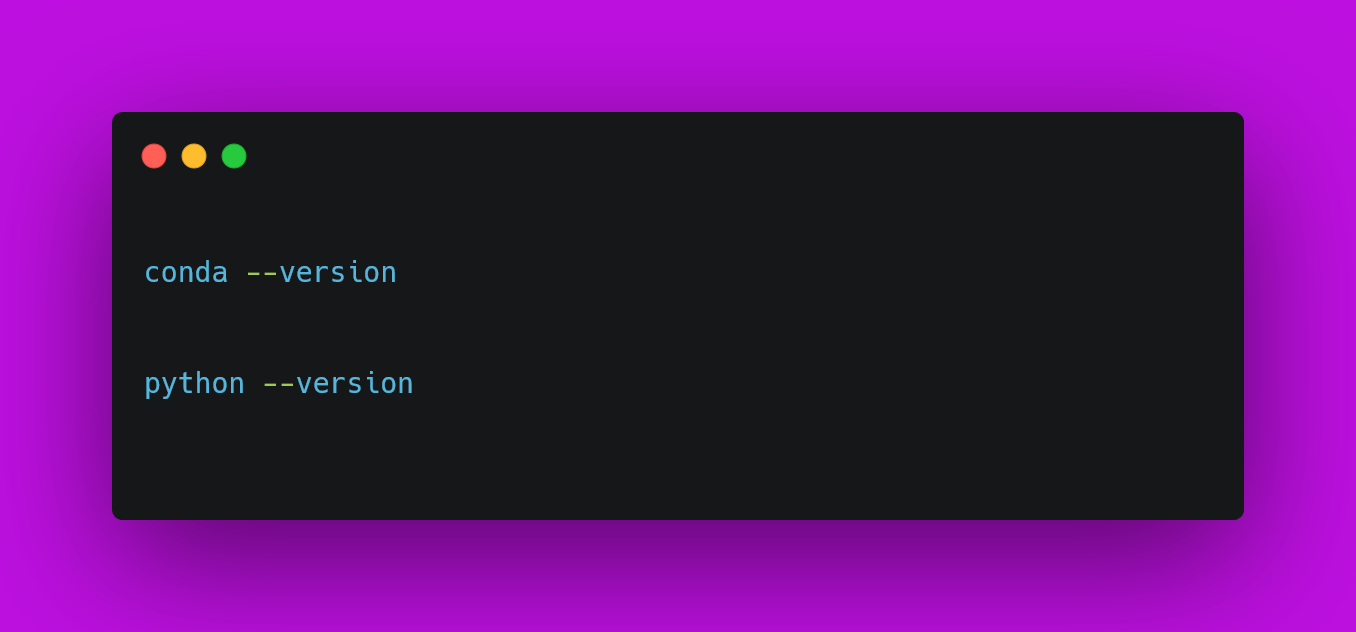Python Anaconda - How to install Python Anaconda on Windows
In this post, we take a look at How to install Python Anaconda distribution on Windows. Anaconda is a pre-packaged distribution of Python. It works lot different than the python that we download from the official site.
So why do we need the Python distribution called Anaconda?
Some of the reasons for this is it offers stable version. It offers packages that are specific to the scientific computing and the data. Something you would have to manually find and add into the typical python. You can do this lot easier with the Anaconda Python. If you happen to follow my previous tutorial on Jupyter Notebook install on Windows, this post as well would be helpful for you.
It is lot easier and also useful to use Anaconda Python distribution for doing most of the computing work. People who are into the data science, machine learning, NLTK and other computing topics are covered into this.
So do check out the below video on how to install, setup and config Anaconda Python distribution.
First thing you should do is check out the official site of the Python Anaconda. As you can see the distribution is available for Windows, Mac and Linux. You can choose the Windows as it applies in your case.

The installer is big, like 594MB worth of the installer. You would get a lot of installer items included into the setup. You would find Navigator, IDE, Packages and the Jupyter Notebook too into this package. At the end the setup wizard should show the screen like this.

After everything is setup you can try out the following commands onto your command prompt. As the Anaconda adds it's path into the command prompt.

If you are not sure where the location of your conda distribution is on Windows. You can try out the below commands too.
where conda
and the same applies for the Python too. You would have following command.
where python
What do you get with the Anaconda Python?
Some of the interesting tools, features and packages that you can get with the Anaconda are as follows. You may want to choose the feature for manual install if anything is installed by default. So do check out the following packages.
Conda
This is basically your default environment that would give you everything from package management of python, python interpreter and the other small packages that makes up this environment.
Anaconda Navigator
This particular tool is very handy for building up the packages and also the features that would help you manage the Python.

You would find that this feature is allowing you to install other packages, you can also use it as a launcher etc.
Cloud Backup
If you have purchased the enterprise version or say the version that charges you for the cloud backup and sync you can use it with this install of the Anaconda distribution.
Anaconda distribution is pretty handy as far as the Python usage is concerned. You can use it for deployment and also the package management. It gives you lot easier control over the things from the commercial and hobby perspective too. Most of the open source developers use it for simplicity and easier management.
Now that I have covered both Jupyter and the Anaconda distribution. I am going to cover the Google Colab specific tutorials in near future. I have made few videos on this and it can be pretty good for the data science type of the work. I'd recommend you to keep tab on that content once it gets released here.
If you happen to like this content, do give me feedback over there and that would help me improve my efforts in near future.
installing anaconda is nice, easier to install python and an editor like spyder! Very useful for any bioinformatics. It also works in linux by the way!

!1UP
You have received a 1UP from @gwajnberg!
@stem-curator, @cent-curator
And they will bring !PIZZA 🍕.
Learn more about our delegation service to earn daily rewards. Join the Cartel on Discord.
Thanks for your contribution to the STEMsocial community. Feel free to join us on discord to get to know the rest of us!
Please consider delegating to the @stemsocial account (85% of the curation rewards are returned).
You may also include @stemsocial as a beneficiary of the rewards of this post to get a stronger support.
Congratulations your publication has been chosen among the best of the day.
KEEP CREATING GOOD CONTENT.